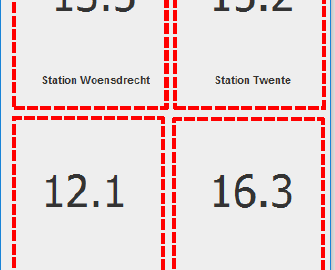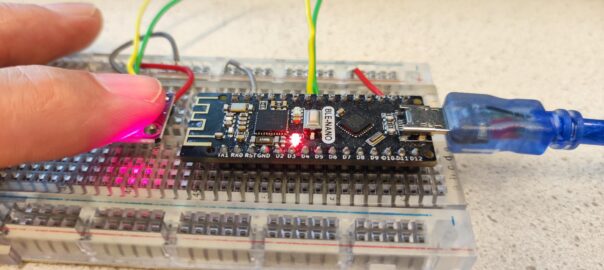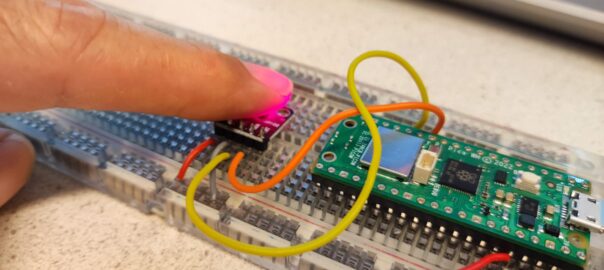
Getting started with building a Dashboard with Dash
After my first tutorial on Dash, which was basically getting to work the Dashboard presented in this video tutorial, I decided a bit more structured approach to setup the Dashboard from scratch would be better. For this tutorial, basic Python programming skills and some knowledge of Pandas is needed. This tutorial consists of 4 main … Continue reading Getting started with building a Dashboard with Dash








